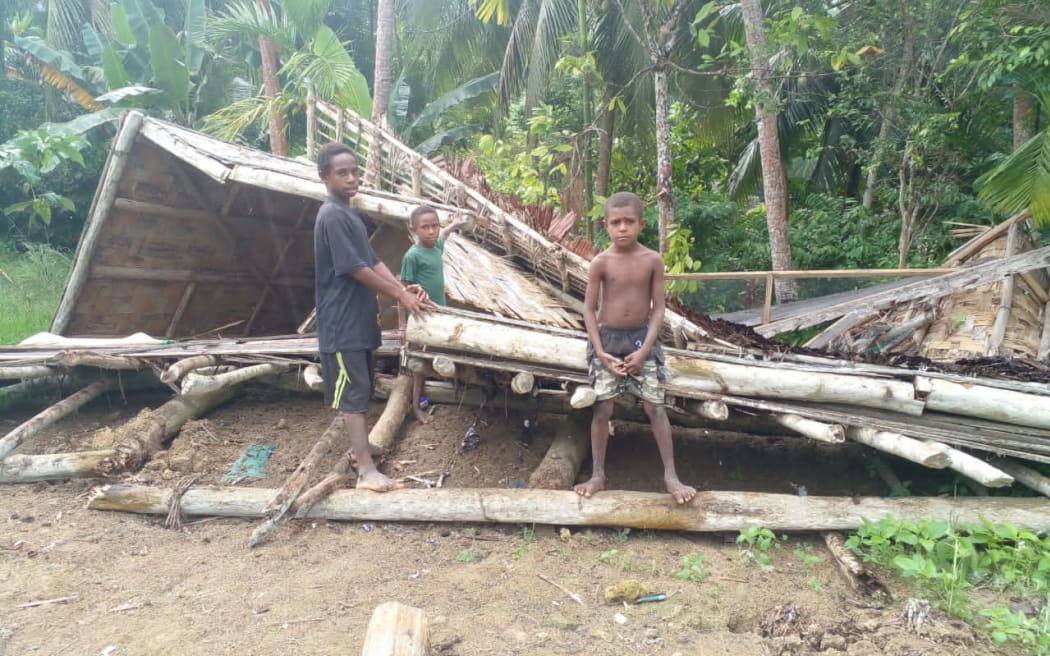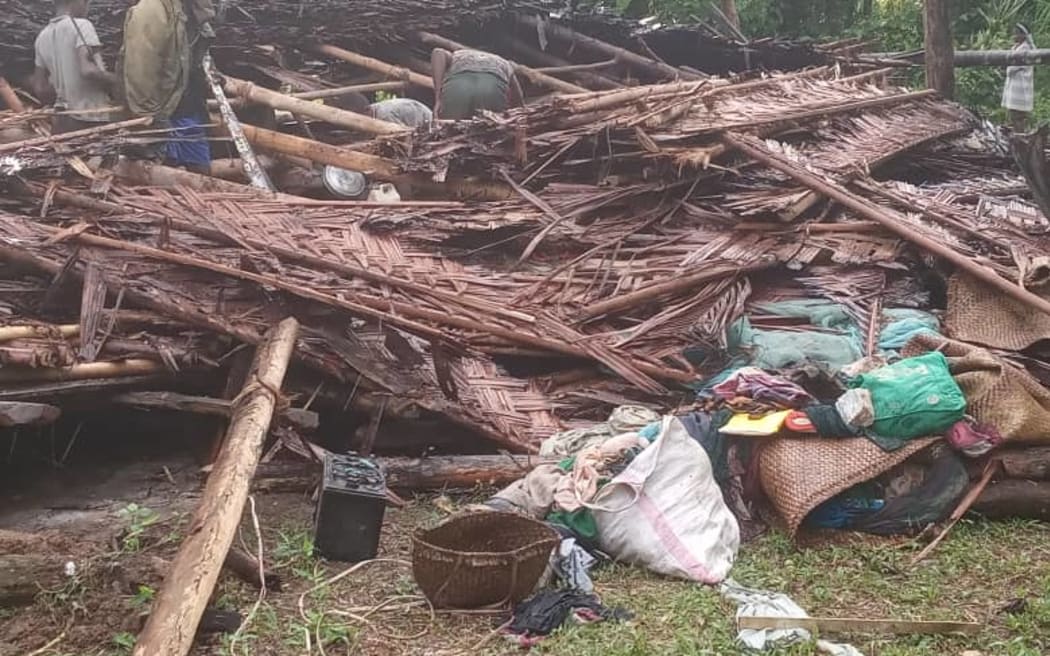
Photograph Source: U.S. Secretary of Defense – CC BY 2.0
Here they go. Vice-chancellors, university managers, and creatures with titles unmentionable and meaningless (deputies, semi-deputies, sub-deputies), a whole cavalcade of parasitic creatures in need of neutering, keen to pursue another daft idea. Australian universities do not want to miss out on the military-industrial-education complex, whatever its imperilling dangers. With the war inspired AUKUS security pact, which promises the stripping of the Australian budget to the tune of $AUD 368 billion over the course of three decades, a corrupt establishment promises to get worse.
The AUKUS distraction could not have come at a better time. The tertiary sector in Australia is becoming increasingly cadaverous, marked by cost-cutting, rampant casualisation and heavy teaching and workloads for those battling away in the pedagogical trenches.
In a recent piece by Guardian Australia’s higher education reporter, an academic, who preferred to remain anonymous fearing institutional retribution, likened the modern Australian university to a supermarket. Students were the customers filing through the self-checkout counters; the staff, increasingly rendered irrelevant, were readily disposable.
The stories have been familiar for years, even as the offending by university management continues unabated: tutors being paid insufficiently to read and grade work adequately; virtually non-existent job security; the suppression of academic freedom and criticism of ghastly management practices. Given the pathological secrecy under which universities work under, essential data shedding light on class sizes, staff-student ratios, and contracts with private business interests, is virtually impossible to attain.
But despite the Australian university sector proving unsustainable, unprincipled, and ungainly, individuals such as Catriona Jackson, the CEO of Universities Australia, is on the hunt for new frontiers. Last year, the submission of Universities Australia to the Defence Strategic Review was almost begging to link universities with the defence needs of the country. All the Defence Department and Australian Defence Forces needed to do was ask.
As the Australian Financial Review reported at the time, “The universities need to be prepared to respond in an adaptable and efficient manner to a clear demand signal from defence in terms of workforce needs – both skills and numbers – as well as technology and hardware needs.”
How fortunate, then, that AUKUS came bumbling along. For Jackson, principles in education are less important than inflated commercial opportunities or, to use her lingo, commercialisation. Distant from the process of learning itself, unaware of the delivery of courses and the classroom, she sees this war making security pact as packed with promise. “It’s workforce, workforce, workforce,” she sloganeered to her Sky News host Kieran Gilbert. “It’s not just nuclear physicists we need, although we do need some of those and it’s a very specialist profession. Almost every area of human endeavour we need a capacity uplift, so engineers, doctors, nurses, psychologists, pretty much everyone.”
Evidently hearing the war jingles around the corner, Jackson is journeying to Washington for meetings with national security officials from the US State Department and National Science Foundation. It is her hope that the number of Australian university partnerships will be expanded, “with more than 10,000 formal partnerships already in place with fellow institutions around the world.” The message she takes to the US capital will, however, be focused on “developing the capability [of Australian universities] to deliver the project, including through the provision of skilled workers and world-class research and development.”
Certain publications have also exuded jingoistic cheer on the new role of Australia’s tertiary sector. The Australian, one of Rupert Murdoch’s premier rags of froth and bile, is ever reliable in this respect. The paper’s higher education editor, Tim Dodd, in a March contribution, posed two questions to those in the university sector: Had Australian universities ever played such a vital role in national defence as they would be likely to do over the next two decades in building nuclear-powered submarines? Would they even want to be involved?
Throughout his piece, Dodd seems to think that a university system untethered to the defence establishment is a morally questionable thing. In doing so, he betrays his ignorance of those wise words from US Democratic Senator J. William Fulbright, who warned that “in lending itself too much to the purposes of government, a university fails its higher purposes”.
Dodd can merely observe that, “In the post-war period universities were still not critical to defence programs.” AUKUS and the nuclear submarine program had changed matters. “Australia is now embarking on an enormous program to build, operate and maintain nuclear-powered submarines and a clear goal is sovereign capability.” All in all, it was “a critical national priority that universities are right to give their full support to. Their backing is critical.”
Leaving aside such platitudinous nonsense as “sovereign capability” – the technology, expertise, control and guidance over this new promised machinery will always be directed from Washington – the sentiments are clear. The military-industrial-university complex is a matter to be celebrated. There are, for instance, “other parts of AUKUS” that will involve “our top universities” in such areas as “advanced research cyber security, artificial intelligence and quantum technologies.”
Bizarrely, Dodd gets the question about academic freedom the wrong way around: that expressing a choice in favour of the blatant war drumming of AUKUS is something that should be one for academics. If he had any idea about despotic university environments, he would be aware that academics, whatever they agree with, will have little say in the matter. Distant, estranged managements, unaccountably enthroned in administrative towers, will be making such decisions for them; the only real free expression will be exercised by those opposing the measure.




